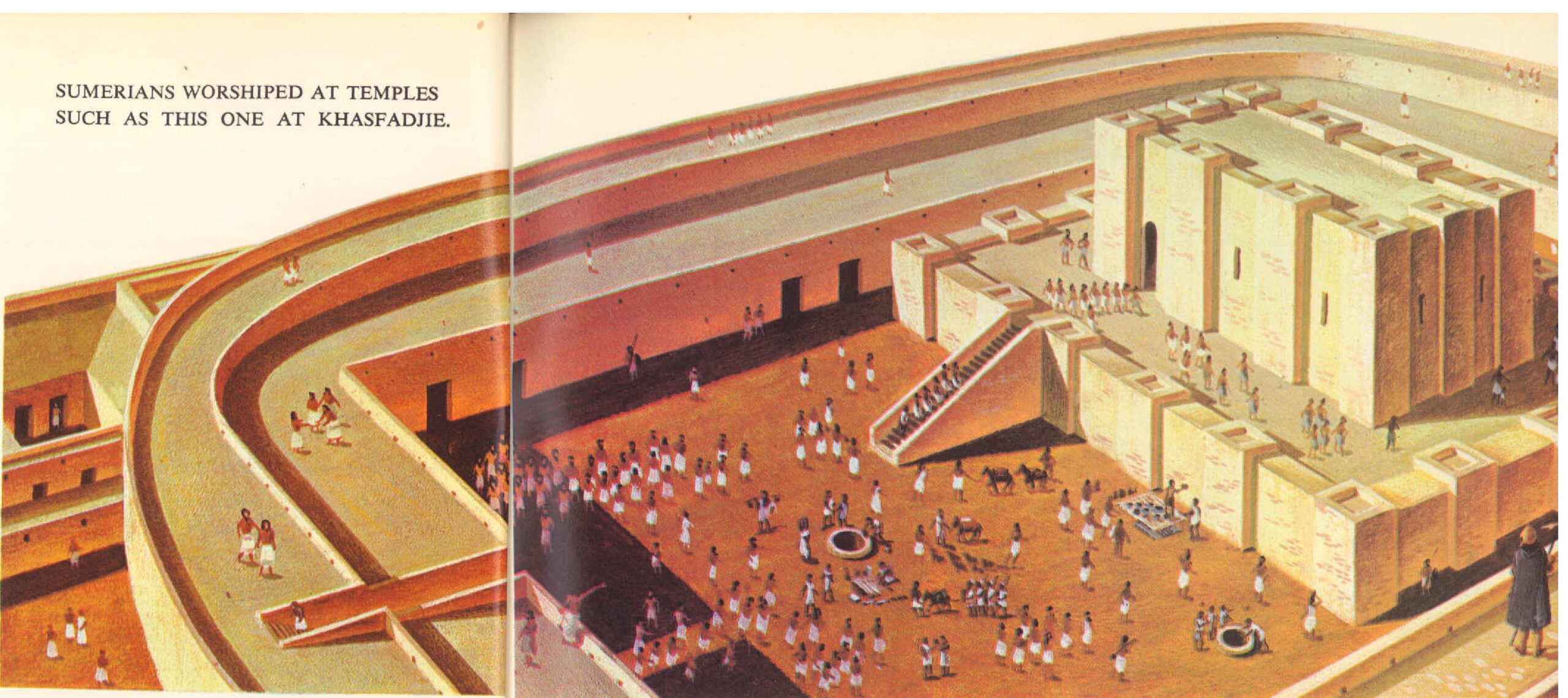IN THE LAST PART of the fifteenth century, the monks and courtiers of Moscow began to say that Moscow was destined to become the “Third Rome.” The first Rome, they said had been great as the centre of Christianity; but when the Romans had recognized the pope, Rome had been punished by destruction. The second Rome had been Constantinople, the centre of the Orthodox Church; but Constantinople, too, had briefly recognized the pope, and it, too, had fallen. Now Moscow, where the Orthodox faith still remained pure, was to become the Third Rome — the great centre of the Christian …
Read More »Tag Archives: Caspian Sea
China under the Han 206 B. C. – A. D. 221
THE vast East Asian land of China is named after its first family of emperors, the Ch’in. The Ch’in brought the country together under one government and built the Great Wall to keep out northern barbarians. They were in such a hurry to get things done, however, that they drove their subjects too hard and lost their support. In 206 B.C., after only a few years in power, they were overthrown. The Ch’in were replaced by an imperial family named Han. The Han dynasty ruled for two centuries before the time of Christ and then, after a break, for another …
Read More »The City of Caesar 80 B. C. – 44 B. C.
THE story of Rome in the years after Sulla’s death was the story of a partnership of power. It was the tale of three men who bargained for the world — a rich man, a poor man and a man who was not only a hero, but looked it. The rich man was Crassus, who had become a millionaire by setting up the only fire department in Rome. The tall buildings and narrow, crowded streets of the city made a fire a constant danger. When one house burned to the ground, the buildings on either side were likely to fall …
Read More »A New People, a New Faith 650 B. C. – 330 B. C
BABYLON, the final capital of Mesopotamia civilization, had fallen to warrior tribesmen from the east, the Medes and Persians. The Medes and Persians were descended from the Aryan peoples who for centuries had been moving out of the grasslands of central Asia with their horses and herds. Some of the Aryans settled in the valleys and slopes of the mountains surrounding the great arid plateau between the Persian Gulf and the Caspian Sea. From them the region took its name, Iran, or Land of the Aryans. The Aryans who lived in the mountains northeast of Mesopotamia were the Medes, familiar …
Read More »Mesopotamia, Where Civilization Began 4000 B.C. – 1750 B.C.
Mesopotamia is where civilization began. By 4000 B. C., many different groups of people were working out their lives in a variety of ways. In a great arc from the eastern coast of the Mediterranean, across the Turkish plains and through the highlands of Iraq and Iran, groups of peoples had settled and were farming, tending animals, making pottery and building towns, markets and forts. In the deserts, mountains and steppes, nomadic tribesmen lived by herding animals and by hunting and raiding. In Mesopotamia as these populations grew, they began to compete for land, food and supplies. One of the …
Read More »



